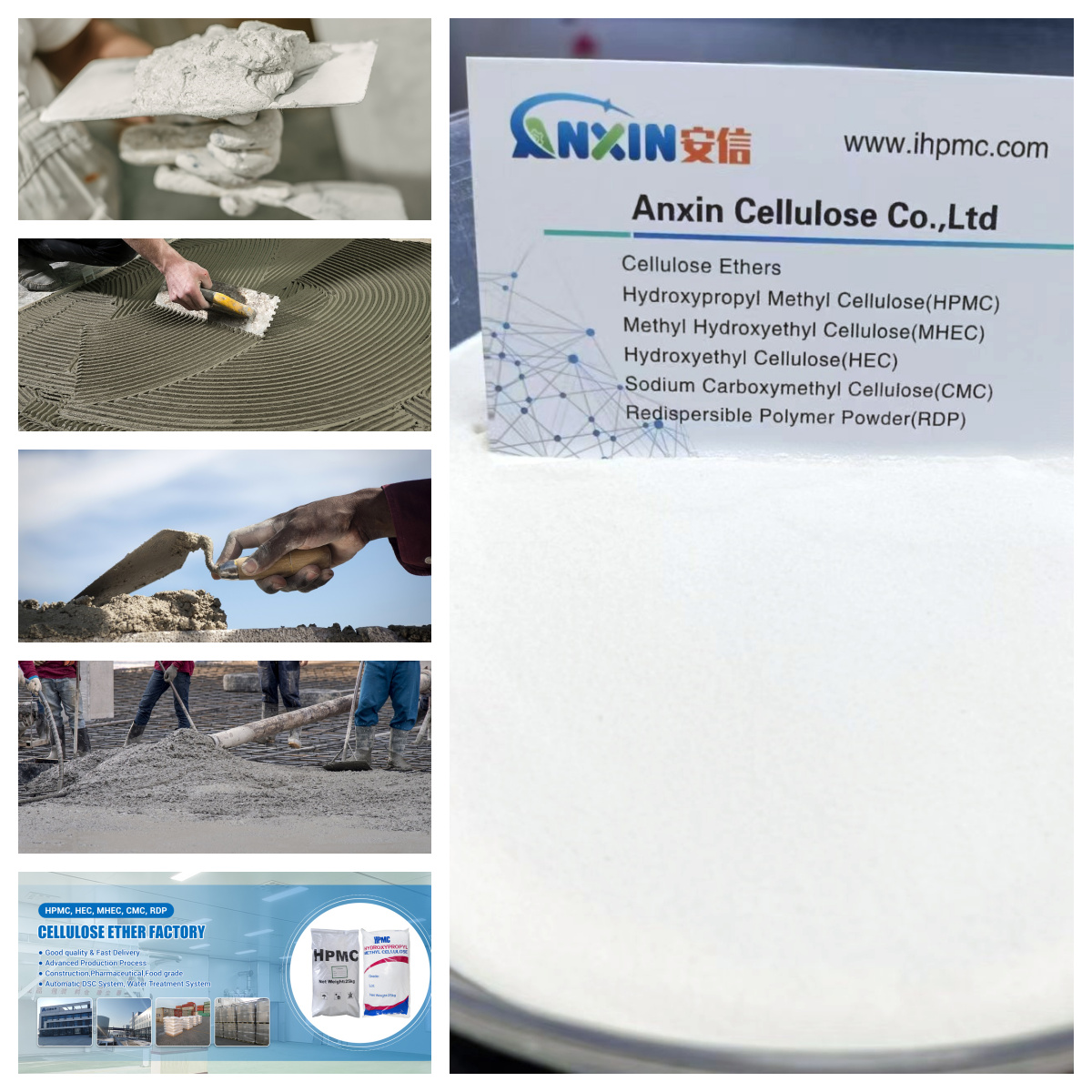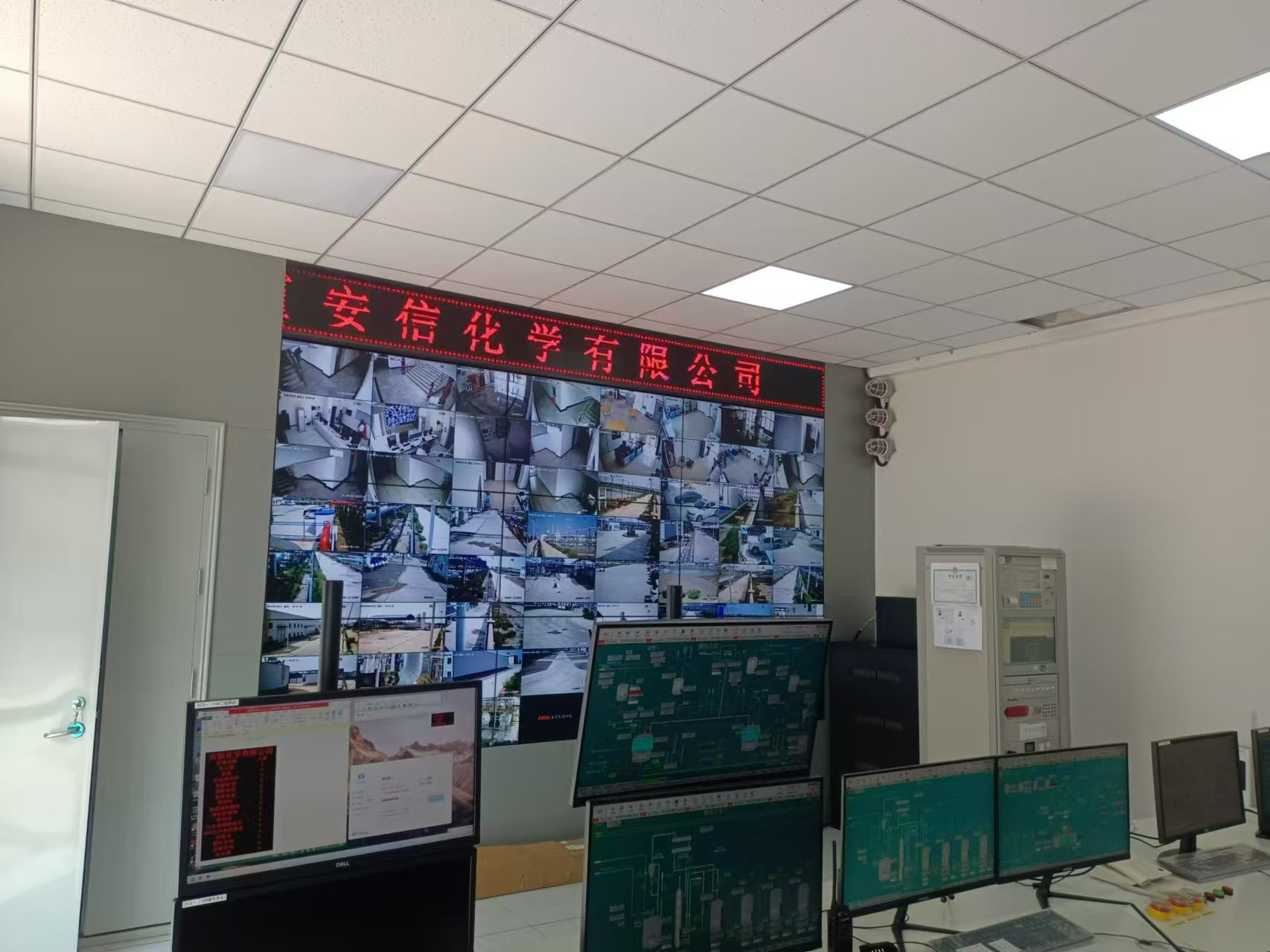Hydroxypropyl methylcellulose (HPMC) is a non-ionic cellulose ether widely used in building materials, especially in dry-mixed mortar and concrete, which plays the role of water retention, thickening, and improving construction performance. The performance of HPMC is greatly affected by its viscosity, and there are obvious differences in the role of HPMC with different viscosities in concrete.

1. Basic mechanism of action of HPMC
HPMC is a water-soluble polymer that can form a viscous solution or colloid in water. Its main mechanism of action includes:
Water retention: HPMC can lock free water in the early stage of cement hydration, prevent water loss, and ensure the smooth progress of hydration reaction.
Thickening effect: HPMC can increase the viscosity of the slurry and improve the anti-segregation and fluidity of concrete.
Film-forming effect: HPMC can form a continuous film on the surface during the drying process, which helps to enhance the interfacial bonding strength.
HPMC with different viscosities has different performances in the above effects, which has a multi-faceted impact on the performance of concrete.
2. Specific effects of HPMC viscosity on concrete performance
2.1. Effect on water retention
Water retention is one of the most important properties of HPMC. Low-viscosity HPMC (e.g., less than 50,000 mPa·s) has limited water retention and is suitable for systems that require faster water release, such as plaster mortar. Medium- and high-viscosity HPMC (e.g., 100,000 to 200,000 mPa·s) exhibits better water retention in concrete, which can effectively prevent water seepage and premature evaporation of water, thereby ensuring the continuous hydration of cement. In particular, the use of high-viscosity HPMC in dry environments or highly absorbent bases can significantly improve the shrinkage resistance and early strength development of concrete.
2.2. Effect on workability
HPMC can significantly improve the plasticity and workability of concrete. Due to its fast dissolution rate, low-viscosity HPMC can quickly disperse in the system, which helps to improve the fluidity of the mixture in a short period of time; but its improvement in fluidity maintenance time is not as good as that of high-viscosity products. High-viscosity HPMC has a significant thickening effect. It can effectively improve the cohesiveness of the mixture in concrete, reduce bleeding and segregation, but too high viscosity may also cause the fluidity of concrete to decrease, and it is easy to cause problems such as sticking to the barrel and increased pumping resistance during construction. Therefore, in the application, it is necessary to select HPMC products with appropriate viscosity according to the construction method (such as manual plastering, spraying, and pumping).
2.3. Impact on setting time
HPMC also has a certain delaying effect on the setting time of concrete, especially medium and high viscosity products, which have stronger encapsulation of cement particles, inhibit the release of hydration heat, and delay the cement hydration process. Generally, as the viscosity of HPMC increases, its tendency to delay setting is more significant. In actual construction, this delaying effect is conducive to increasing the operating time of concrete, but the dosage should be controlled in winter or low temperature conditions to avoid excessive setting time affecting the progress of the project.
2.4. Impact on strength development
HPMC itself does not participate in the cement hydration reaction, and its impact on concrete strength is mainly reflected in the initial strength development stage. Although HPMC with higher viscosity has good water retention, it will delay the hydration reaction, which may lead to a decrease in early strength. However, in the later stage, because HPMC improves the hydration conditions and makes the cement hydrate more fully, the later strength tends to be stable or even improves. Therefore, the appropriate selection of medium-viscosity HPMC can take into account both early strength and good water retention, which is a more ideal choice.

2.5. Impact on bonding properties
HPMC can also improve its bonding strength with the base in concrete or mortar. This is partly due to its film-forming properties, and partly related to its improvement of slurry viscosity and cohesion. Generally, high-viscosity HPMC can form a denser and continuous bonding interface, thereby improving bonding strength. However, in practical applications, attention should be paid to balancing its impact on construction performance to avoid difficulty in scraping due to excessive viscosity.
HPMCs of different viscosities have their own advantages and disadvantages in concrete. In general:
Low viscosity HPMC: fast dissolution, good workability, but limited water retention and thickening effects;
Medium viscosity HPMC (such as 70,000-150,000 mPa·s): taking into account water retention, thickening and workability, it is currently the most widely used type;
High viscosity HPMC (above 200,000 mPa·s): excellent water retention, but has a greater impact on fluidity, suitable for working conditions with high requirements for water seepage control, such as surface mortar and tile adhesive under high temperature construction or dry climate conditions.
Post time: Jun-04-2025